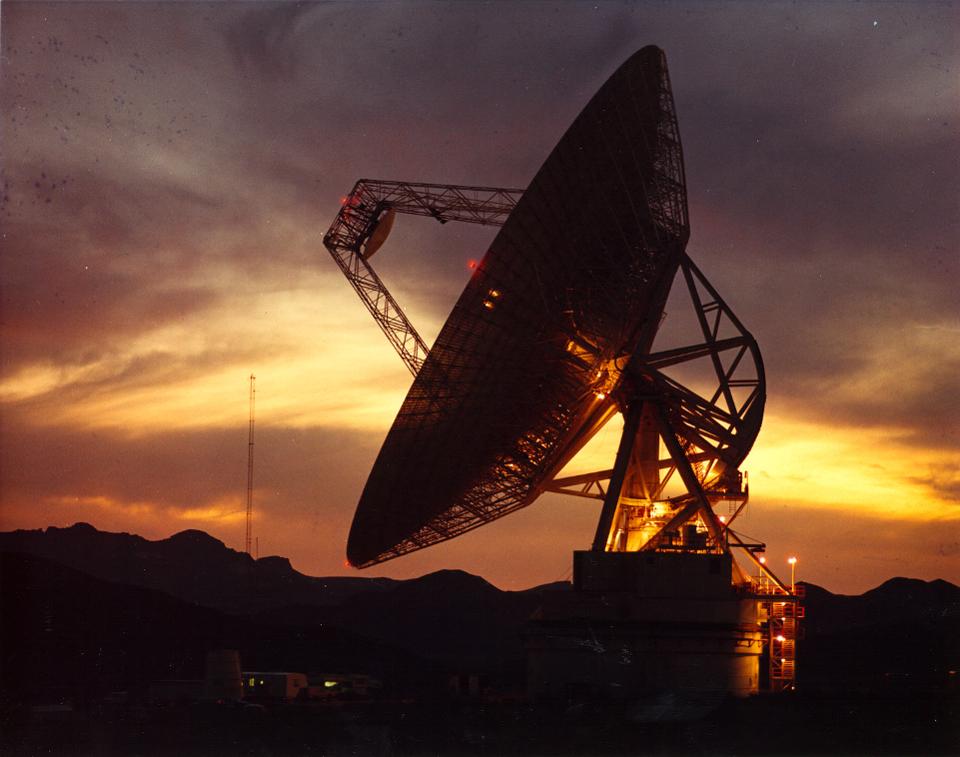Physics has thrived over the last 10 years through some remarkable breakthroughs — and more excitement lies in store as a new decade dawns.


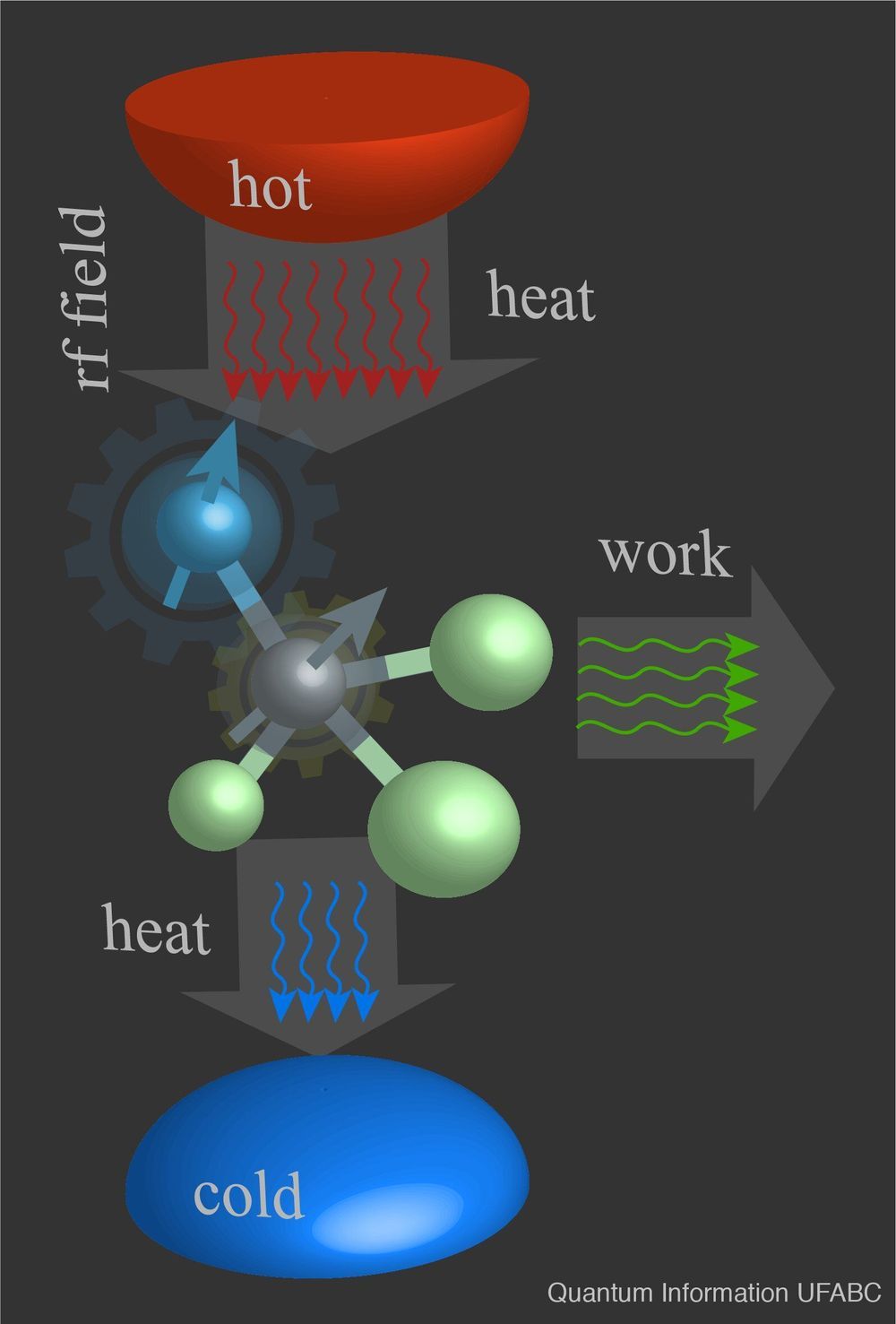
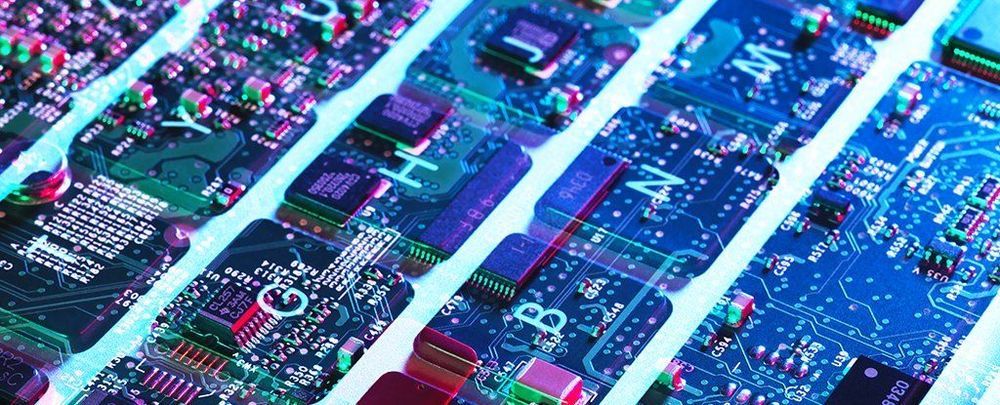
As 2019 winds to a close, the journey towards fully realised quantum computing continues: physicists have been able to demonstrate quantum teleportation between two computer chips for the first time.
Put simply, this breakthrough means that information was passed between the chips not by physical electronic connections, but through quantum entanglement – by linking two particles across a gap using the principles of quantum physics.
We don’t yet understand everything about quantum entanglement (it’s the same phenomenon Albert Einstein famously called “spooky action”), but being able to use it to send information between computer chips is significant, even if so far we’re confined to a tightly controlled lab environment.
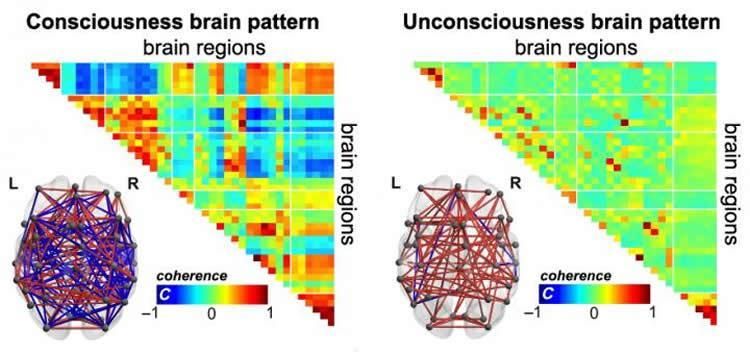
Summary: Researchers say human consciousness is supported by dynamic, complex patterns of brain signal coordination.
Source: AAAS.
Amid longstanding difficulties distinguishing consciousness in humans in unconscious states, scientists report fMRI-based evidence of distinct patterns of brain activity they say can differentiate between consciousness or unconsciousness. Detecting these patterns in real-time could allow for externally induced manipulations that noninvasively restore consciousness.

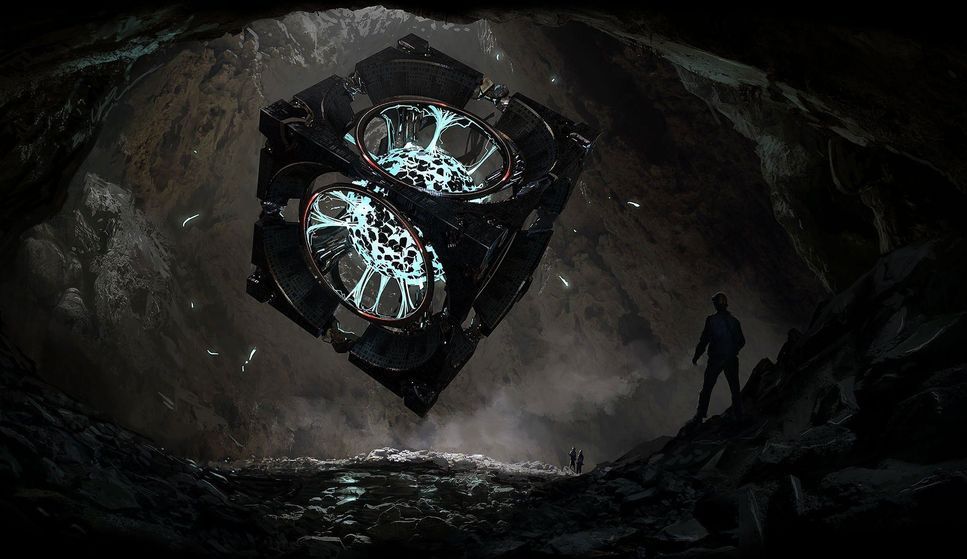
Fun topic, real or not.
Dan Burisch, a doctorate in microbiology and former worker of the secret military forces of the United States, details great puzzling information about extraterrestrials, the Orion Cube, time machines, secret government plans and human extinction.

Dan Burisch, born in California in 1964, studied microbiology and psychology at the University of Las Vegas, Nevada. He graduated in 1986 and did a Ph.D. in microbiology in 1989 in the state of New York. A sports fan since childhood, he played basketball. But his true passion was science and five years later he was given his first microscope, after which he later became the youngest member of the microbiology society of Los Angeles.

Once you hit a certain age you start to see subtle changes and many begin to search for options to hold onto the appearance of youthfulness for as long as they can in the form of lotions, potions, creams, supplements, serums, diets, and concoctions among others.
Soon there may be a new addition to the anti-aging lineup, that being rapamycin which is an FDA approved drug that is normally used to prevent organ rejection after transplant, the drug may also be helpful in slowing in aging skin according to a recent study published in Geroscience.
Studies have used rapamycin to effectively slow aging in worms, flies, and mice but this study from Drexel University College of Medicine is the first to show an effect on aging in human tissues, specifically the skin; findings showed signs of aging to be reduced including decreases in wrinkles, reduced sagging, and more even skin tone when delivered to humans topically.

UConn engineers have designed a non-toxic, biodegradable device that can help medication move from blood vessels into brain tissues —a route traditionally blocked by the body’s defense mechanisms. They describe their invention in the 23 December issue of PNAS.
Blood vessels in the brain are lined by cells fitted together tightly, forming a so-called blood-brain barrier, which walls off bacteria and toxins from the brain itself. But that blood-brain barrier also blocks medication for brain diseases such as cancer.
“A safe and effective way to open that barrier is ultrasound,” says Thanh Nguyen, a biomedical engineer at UConn. Ultrasonic waves, focused in the right place, can vibrate the cells lining blood vessels enough to open transient cracks in the blood-brain barrier large enough for medication to slip through. But the current ultrasound technology to do this requires multiple ultrasound sources arrayed around a person’s skull, and then using an MRI machine to guide the person operating the ultrasounds to focus the waves in just the right place. It’s bulky, difficult, and expensive to do every time a person needs a dose of medication.

